
Peoples and Languages
Social Media
Leave comments, suggestions, keep an eye on news in our groups on VK, Odnoklassniki and Telegram channel
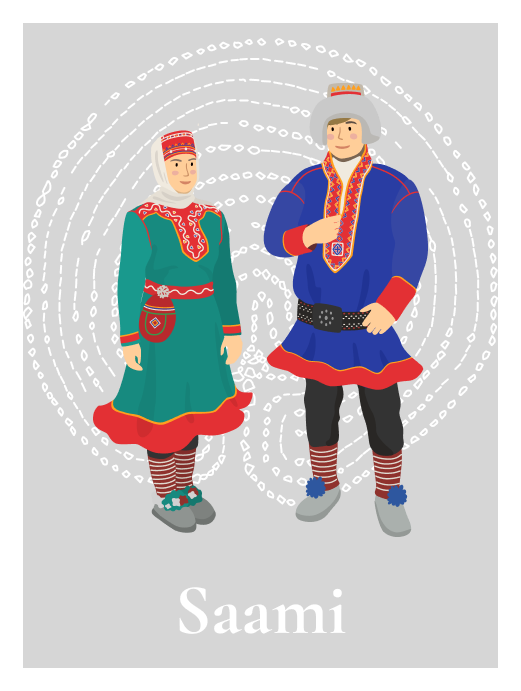
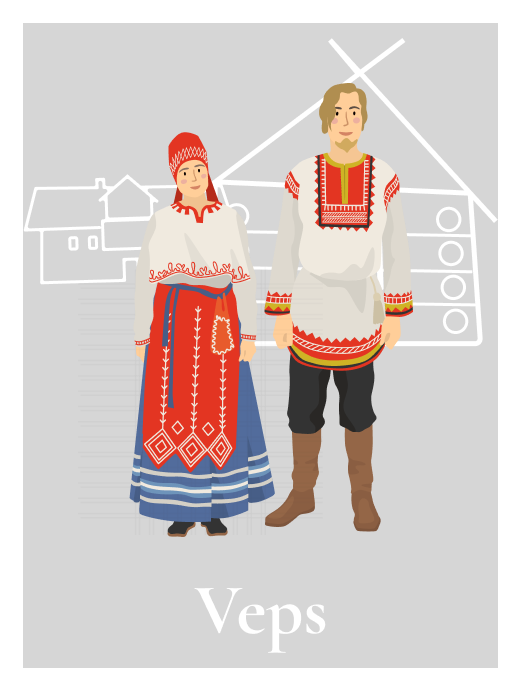
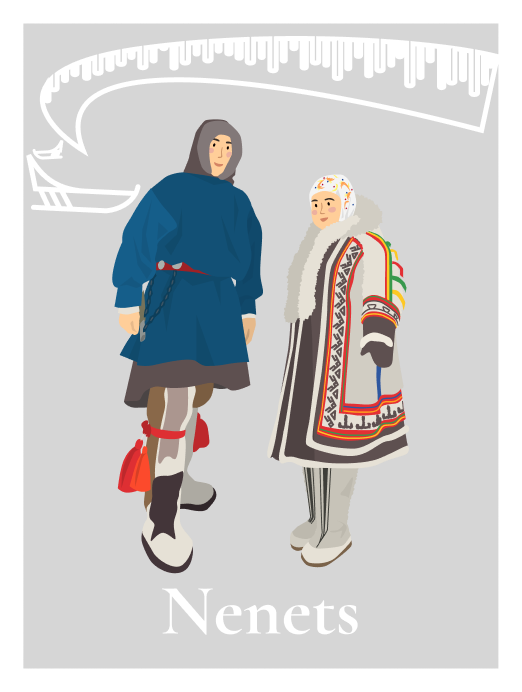
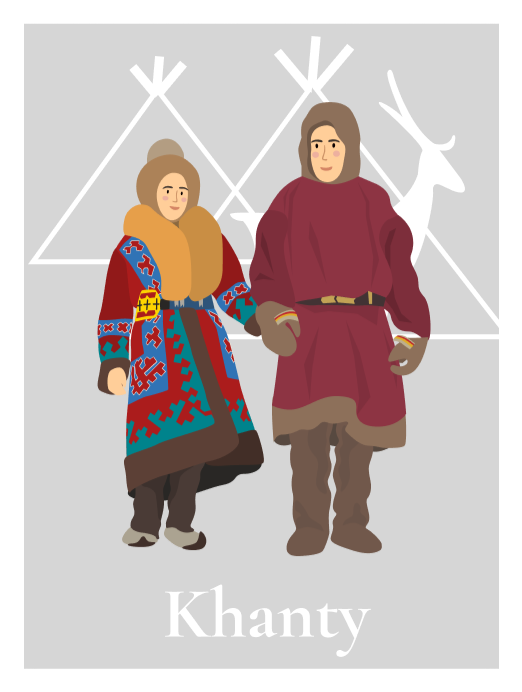
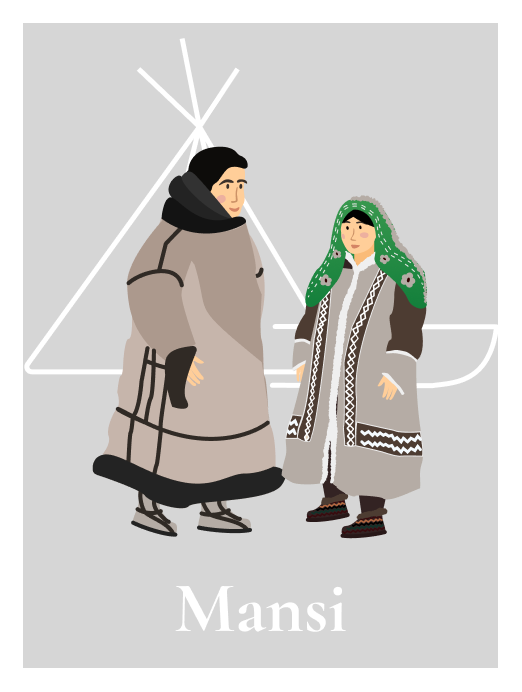
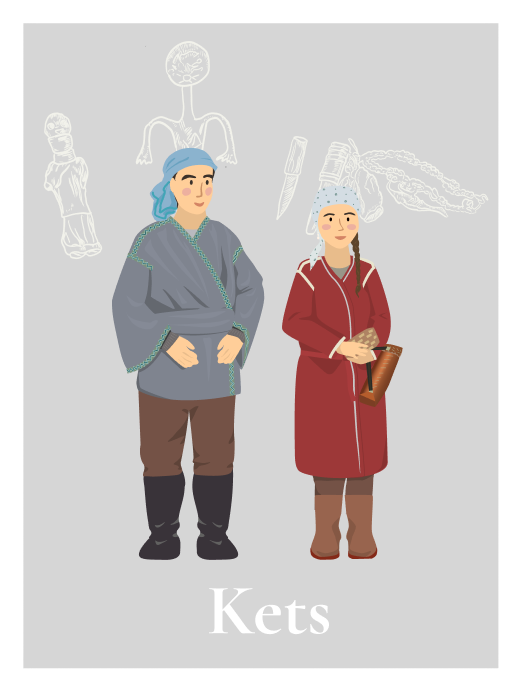
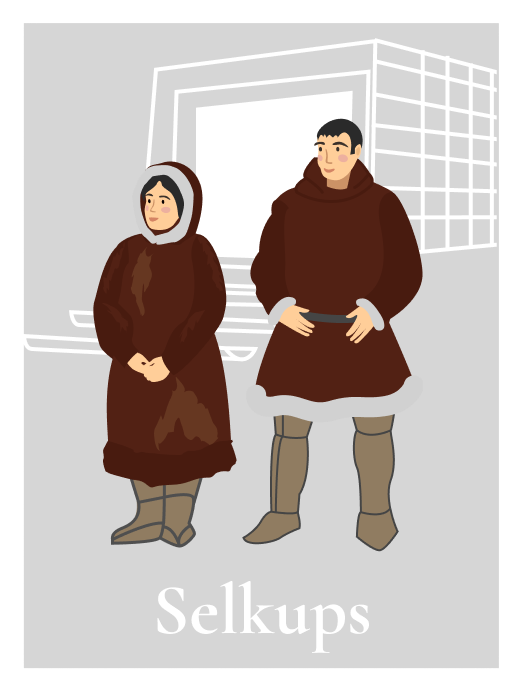
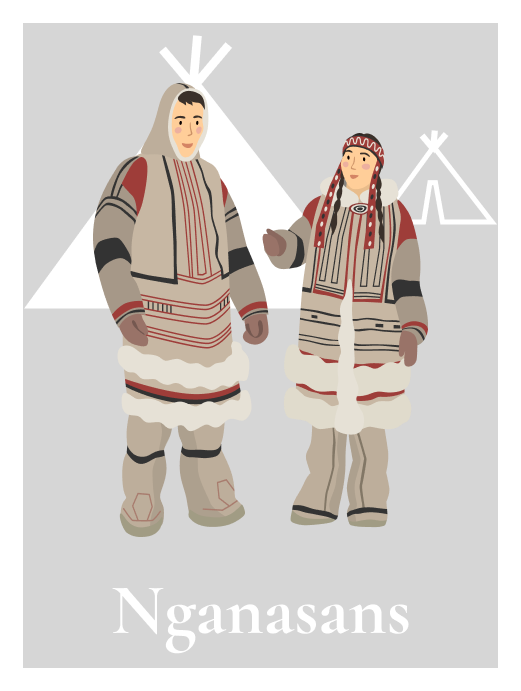
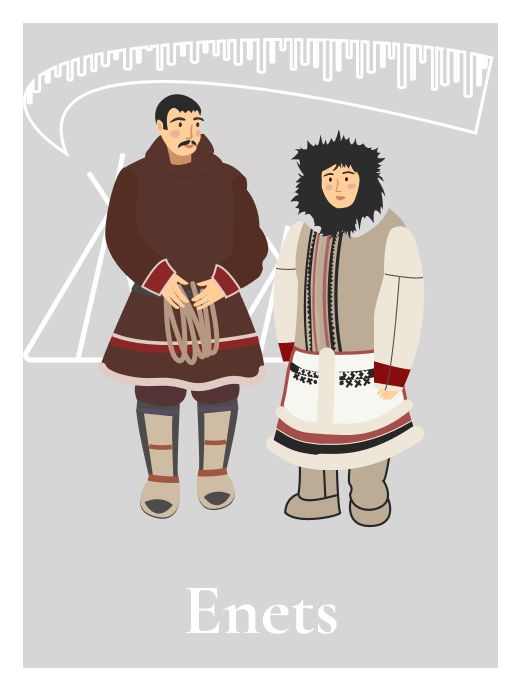
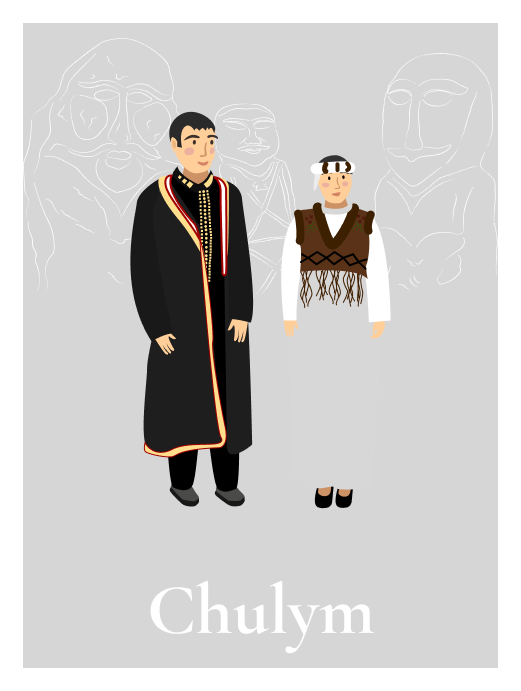
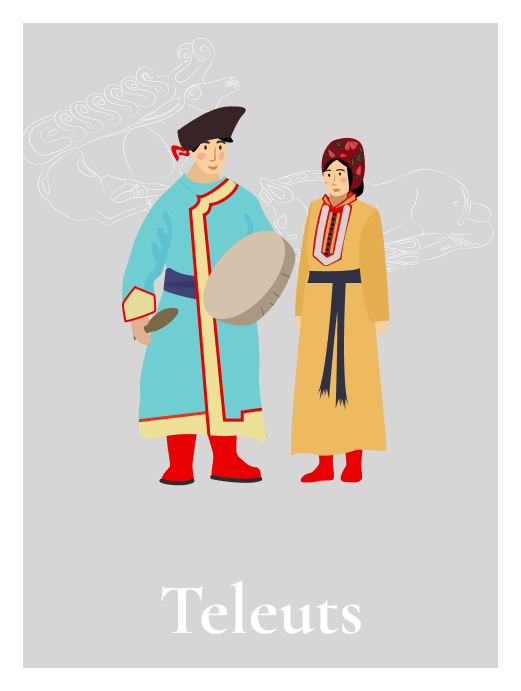
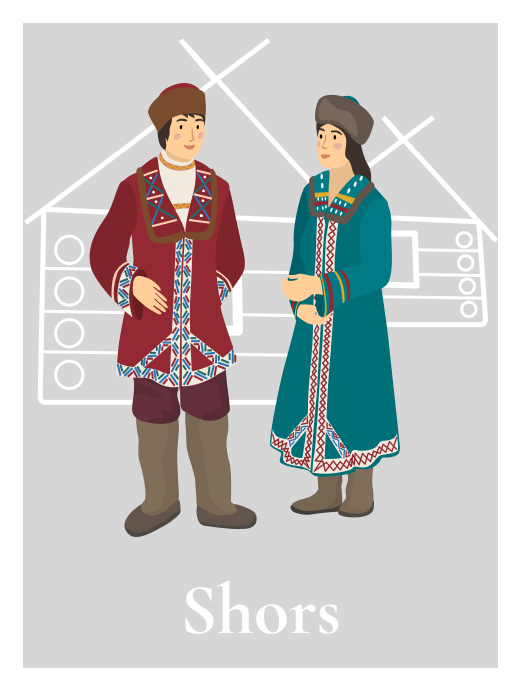
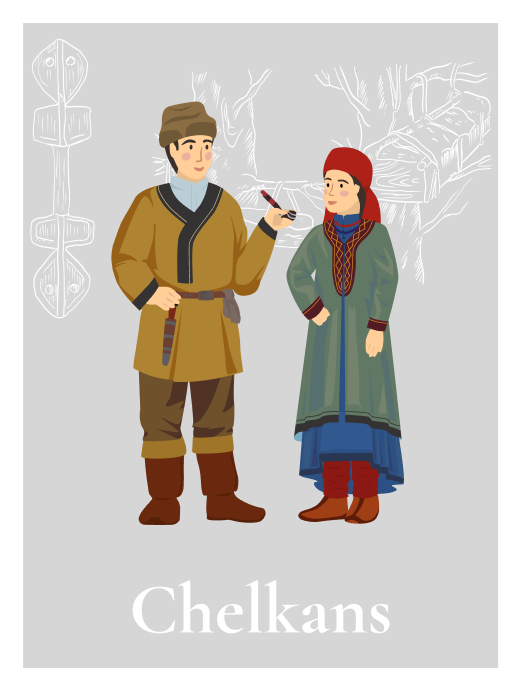
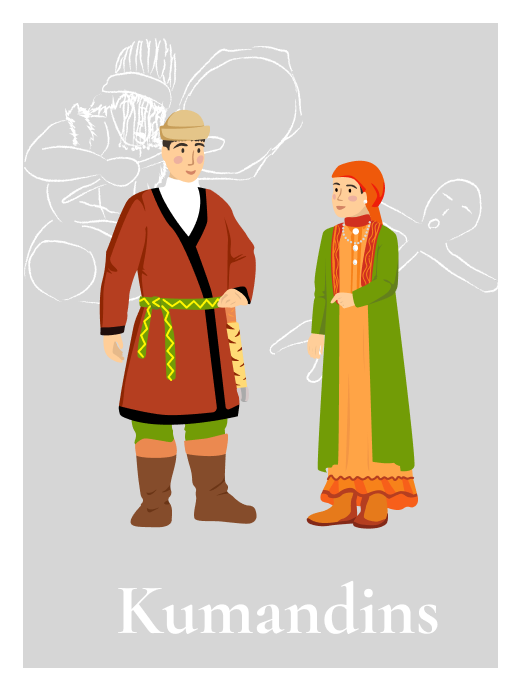

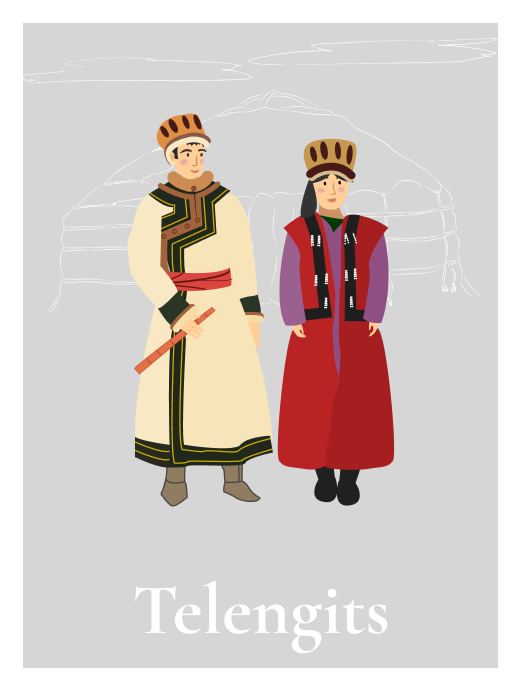
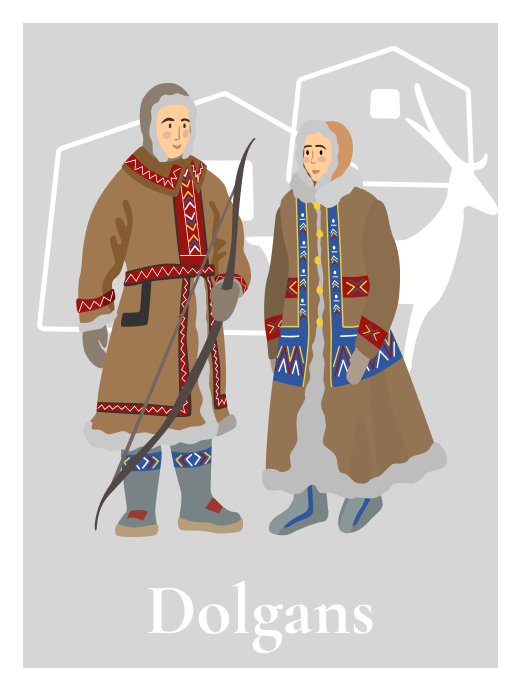

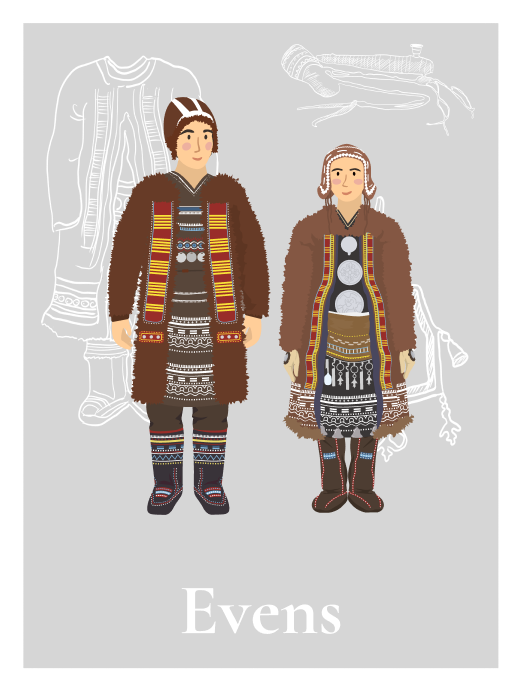
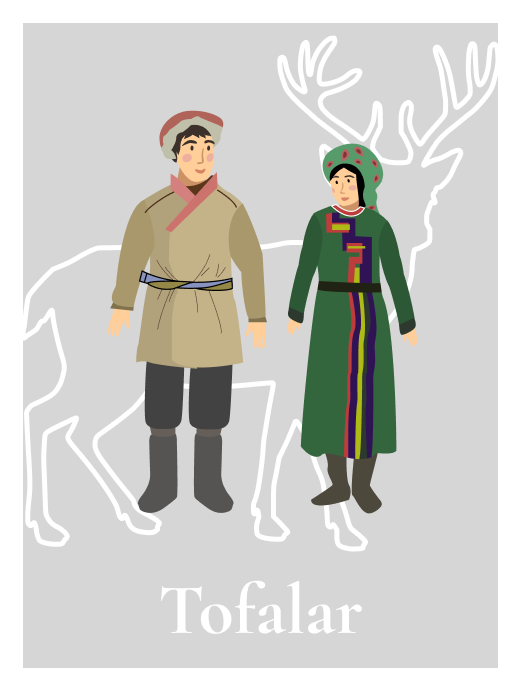
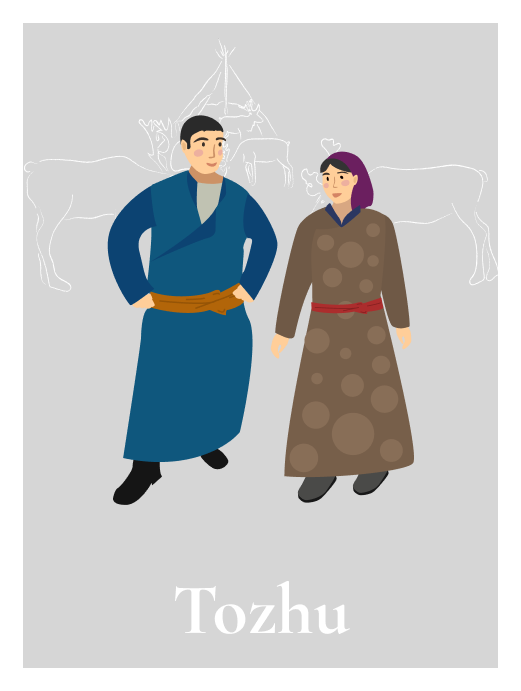

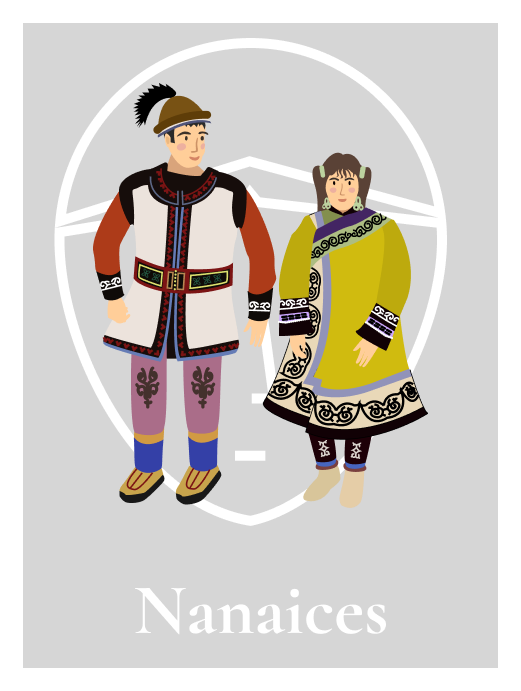
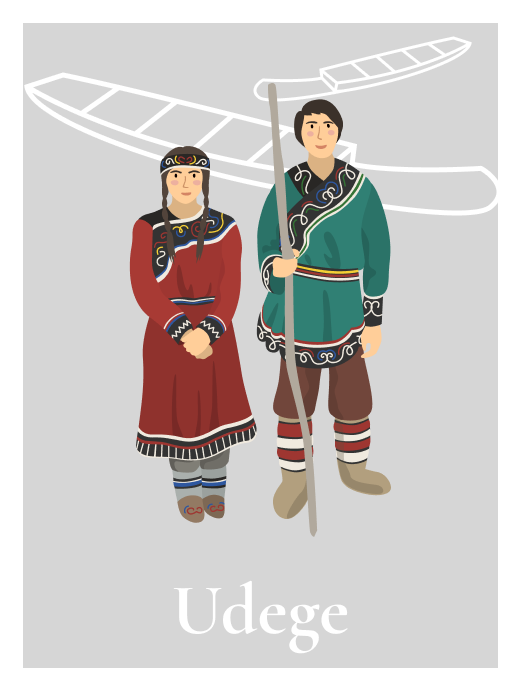
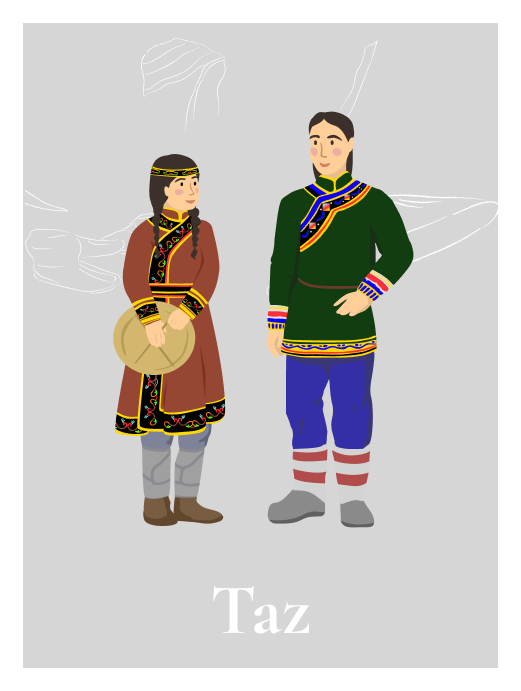


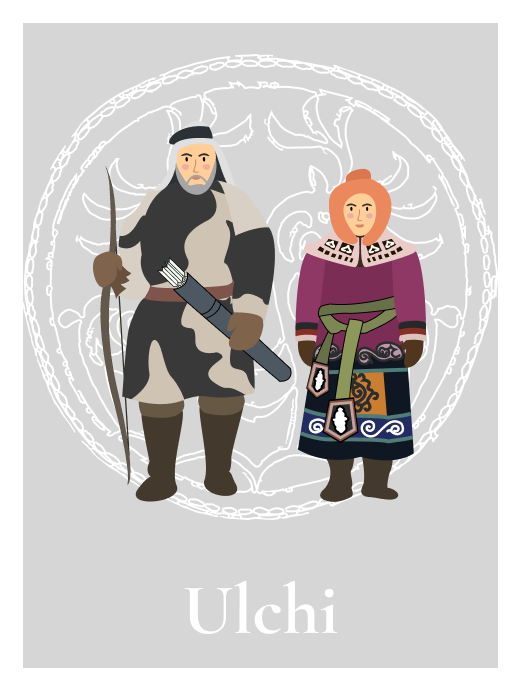

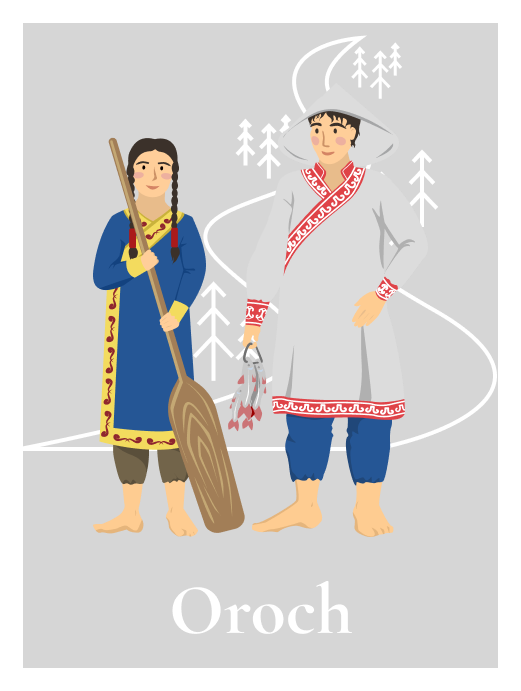
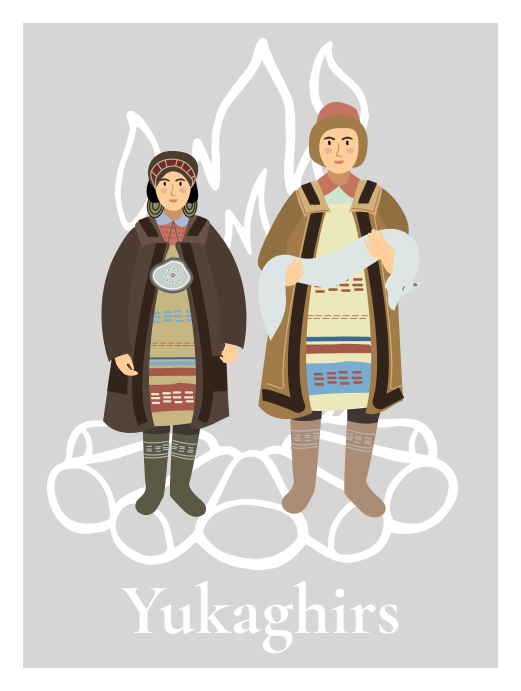
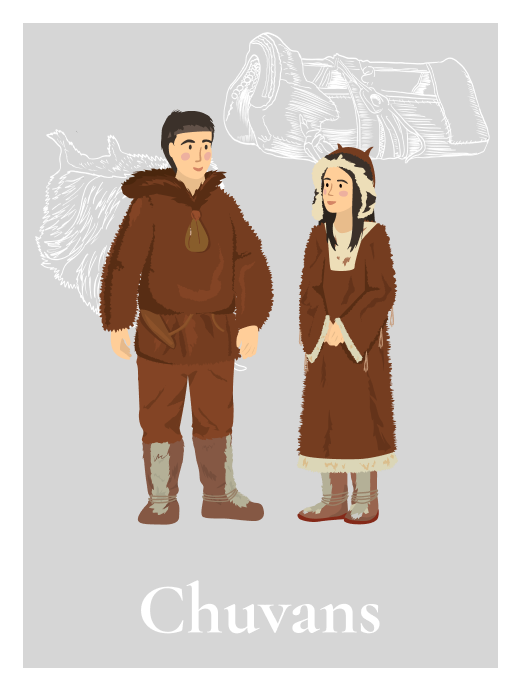

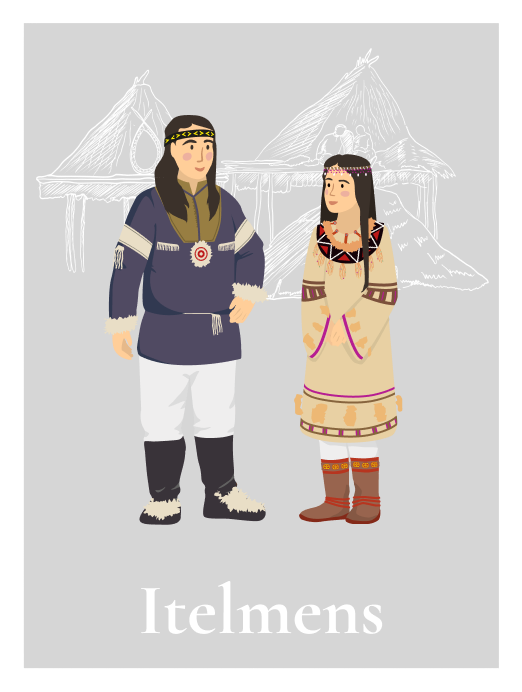
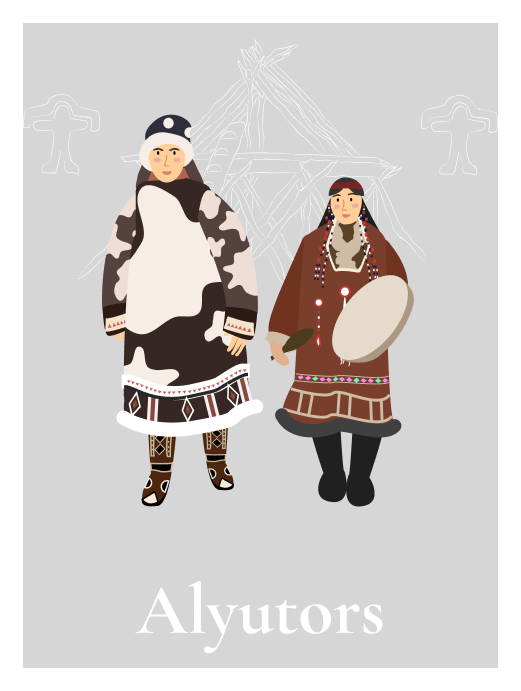
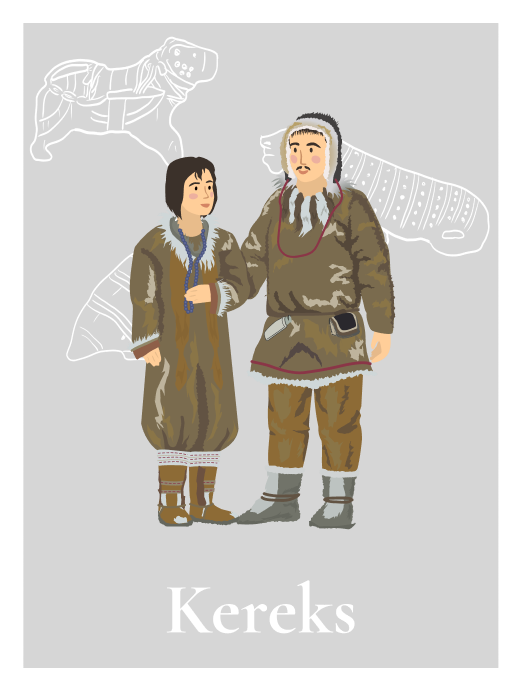


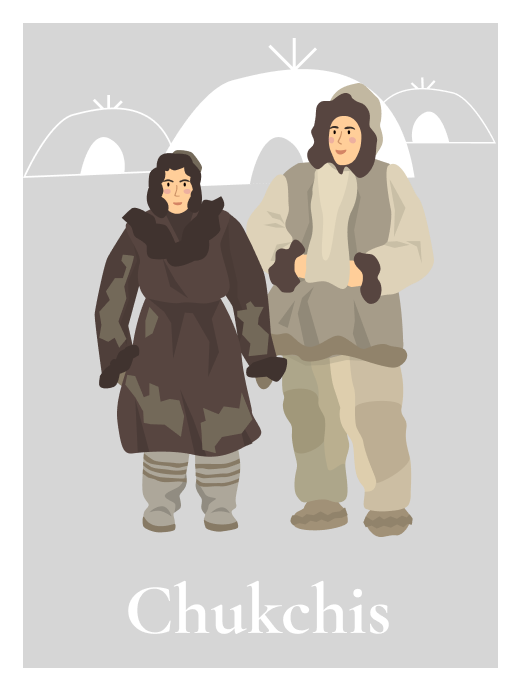
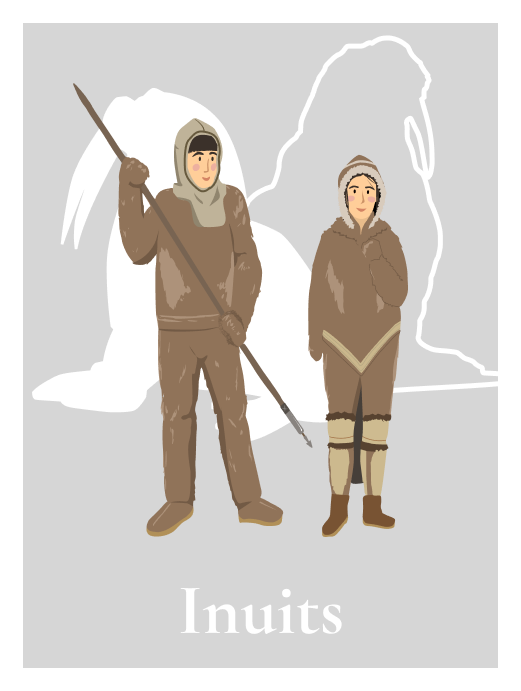
The ethnonym Khanty, derived from the group’s self-name, was established in the Soviet times and identified with the name of the river Konda, (with khondikho meaning “khan’s people”). Today, linguists believe that the original Finno-Ugric root kont meant a “clan” or a “community.”
The Khanty-Mansi autonomous area - Yugra is the largest oil-producing region in the world. The oil and gas sectors of the economy provide the primary share of the gross product, ensure the influx of investment into the area, support the development of infrastructure, as well the structure of export.

The Khanty beliefs were formed over thousands of years, and as such, they are a fusion of myths, rituals, magic, totemism, shamanism, and various cults associated with hunting and fishing. The ancient images of Mother Earth and Father Sky were supplemented with numerous deities and ancestor spirits, family protectors, and master spirits of rivers, groves, forests, stones, trees, animals, fish, etc. The heavenly god Torum (Numi-Torum), whose name means “sky,” “universe,” and “weather,” took the leading position. He is also called “luminous,” “golden,” and “great.”